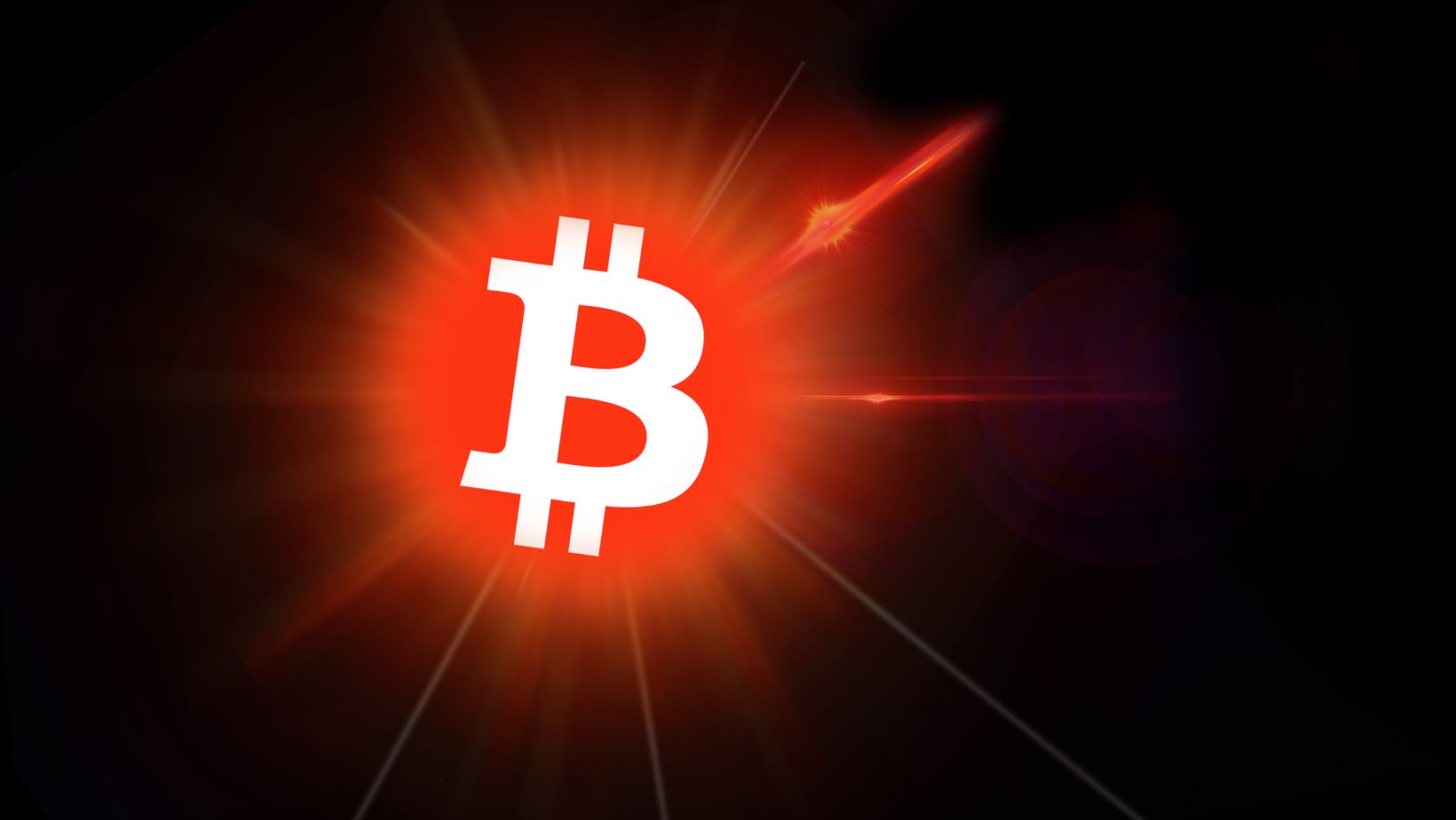As the digital landscape continues to evolve, groundbreaking intersections between technology and art are emerging. One such innovation that has garnered attention from both the tech and music communities is the concept of composing music using binary translations of Bitcoin algorithms. This intriguing fusion of blockchain technology and musical artistry has led to the birth of a unique and mesmerizing genre, the Sound of Satoshi’s Code. For traders who are keen on exploring the financial potential of music derived from algorithms, Quple Ai offers a unique platform with insights into this nascent market.
Unveiling the Sound of Satoshi’s Code: A Harmonious Blend
Understanding Bitcoin Algorithms as Musical Seeds
Bitcoin, the groundbreaking digital currency credited with popularizing blockchain technology, operates on a foundation of intricate algorithms that are fundamental to its decentralized architecture. These algorithms essentially consist of sets of instructions that govern a wide array of functions within the cryptocurrency’s realm, including the validation of transactions and the establishment of robust security protocols. Interestingly, these complex algorithms, when converted into binary code, possess an unexpected duality; they can also be interpreted as a form of musical notation, highlighting the intriguing intersections between technology and art.
At its core, Bitcoin’s innovation lies not only in its disruption of traditional financial systems but also in its utilization of algorithms as the driving force behind its functionality. These algorithms enable the creation of a secure and transparent digital ledger, which records all transactions across the Bitcoin network. The transformation of these intricate algorithms into a musical semblance serves as a testament to the multifaceted nature of technology, demonstrating how the digital world can evoke creative and artistic expressions that transcend its utilitarian origins.
Binary Code: The Musical Score
Binary code, the foundation of modern computing, represents information using a system of ones and zeros. Each digit, known as a bit, holds a unique significance in conveying data. When these bits are translated into musical notes, they offer a compelling new way to compose music. They could be translated into a high-pitched note, while they might signify a low-pitched one. This binary-to-music translation creates a melodic tapestry that encapsulates the essence of the Bitcoin algorithm.
Crafting the Melody: The Process of Algorithmic Composition
Mapping Algorithms to Notes

The process of creating music from Bitcoin algorithms involves a meticulous mapping of binary sequences to musical notes. Each segment of the algorithm is assigned a corresponding note, creating a musical representation of the code’s structure. This mapping is both an art and a science, as composers aim to capture the rhythm and harmony hidden within the algorithms.
The Evolution of Sound
As the Bitcoin algorithm evolves with software updates, so does the melody it generates. Composers have the unique opportunity to witness the transformation of the algorithm’s sound, creating a sonic narrative of Bitcoin’s development journey. The dynamic nature of these compositions reflects the ever-changing landscape of cryptocurrency technology.
The Artistic Significance and Technical Challenges
A New Dimension of Creativity
The Sound of Satoshi’s Code introduces a new dimension of creativity to both musicians and technologists. Composers are challenged to find beauty in the seemingly mundane world of algorithms, while technologists can appreciate the aesthetics of code through the lens of music. This fusion embodies the ethos of innovation and collaboration that characterizes the digital age.
Technical Challenges and Solutions
Converting binary code into meaningful music is not without its challenges. Composers must carefully consider the tempo, pitch, and structure of the music to create a harmonious composition. Additionally, finding ways to translate longer algorithms into manageable musical pieces requires ingenuity. However, emerging technologies, including AI-assisted composition tools, are helping composers overcome these hurdles and create captivating compositions.
The Future of Sound: A Sonic Tapestry
Integration of Blockchain Symphonies
As the concept of utilizing blockchain algorithms for music gains traction, we can anticipate the integration of these symphonies into various artistic and technological spheres. Concerts featuring performances of blockchain-inspired compositions could become a unique and captivating attraction, bridging the worlds of technology and art.
Educational Prospects and Innovation

The fusion of blockchain and music also offers educational prospects, encouraging young minds to explore the interconnectedness of seemingly disparate fields. This cross-disciplinary approach fosters innovation and opens doors to creative careers that blend technology and artistry.
Conclusion
In the realm of technology-driven creativity, the Sound of Satoshi’s Code stands as a testament to the boundless possibilities that arise from cross-disciplinary exploration. The marriage of Bitcoin algorithms and musical notation creates a symphonic experience that resonates with both technologists and artists. As we venture further into the digital age, this innovative genre reminds us that inspiration can be found in the most unexpected places, even within the binary heart of cryptocurrency algorithms.


